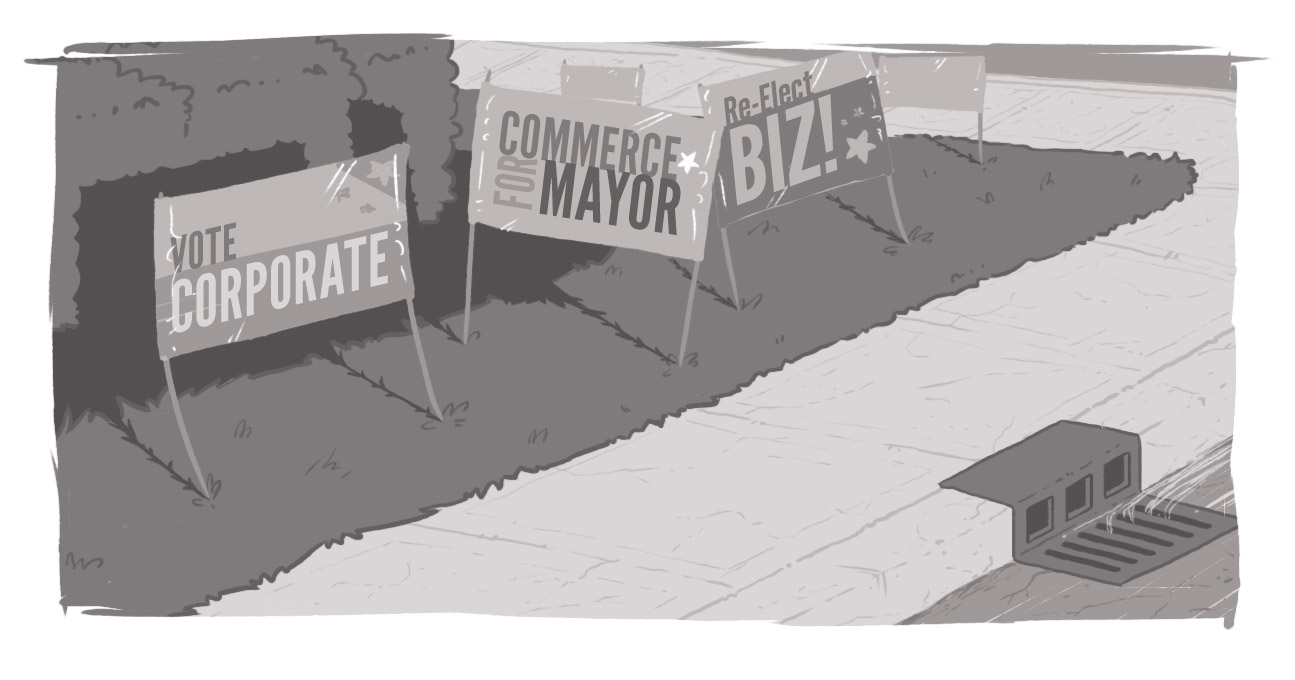Politically De-Motivated - Messaging Lessons from the Campaign Trail

How much is too much? That's a tough question to answer. But we all know what too much is and the key to successfully communicating with your customers is knowing when enough's enough.
With what seems like a bazillion days between the dropping of the writ to our eventual October 19th trek to the ballot box, there's plenty of time to develop, implement, and execute effective messaging campaigns.
Of course, that's also plenty of time to screw them up. And for us to extract lessons from those campaigns.
The toughest question to answer, when developing any sort of targetted messaging campaign is, "How often should we message?" And while people obviously want a hard and fast answer (twice a week, Tuesdays and Thursdays, at 11:13 a.m. local time), the honest truth is this:
It depends.
There's no magic formula, especially if you're missing the key ingredient -- quality content. If you're delivering good stuff, then no one will complain about being Spammed. But if you are missing the mark on your messaging, then you not only annoy your audience, you also very quickly run the risk of preventing future messages -- ones that would actually resonate with the intended audience -- from getting to their destination by being blocked, ignored, or unsubscribed.
A few years back, I made a point of "following" all my local political options on various social networks. I signed up for e-mails, all as part of my continuing efforts to make sure I'm voting for the best candidate to represent me and my riding.
Since the drop of the writ, one party, who shall remain nameless, finally broke my will through its constant barrage of useless content. Three strikes and it was out:
- The communication was obnoxiously personal, yet impersonal at the same time;
- It came far too frequently; and, the cardinal sin
- It was not relevant to me at all
I have a high tolerance for content. I love to read, I love to learn, and I love to get different perspectives. If relevant, there's no such thing as too frequently for me. But, when it comes to a continued barrage for donations and support, there better be something of value to me.
And I'm not asking for anything tangible; I just want information and insight that's relevant to me -- especially if you're going to employ the "Hey, buddy!" type of messaging.
If I can see myself, my riding, or my needs reflected in what you're writing, then I'm going to pay you the respect of continuing to read it. And if it's of good quality, you may help sway me to your point of view. But when it's nothing more than mass-produced form letters, with no local relevance or information, then you're gone.
I unsubscribed and even filled out a comment explaining why, offering to discuss the matter further. This was over a week ago and I've not heard anything else.
It doesn't surprise me. I've indicated that I'm not a stalwart supporter, willing to turn a blind eye, so my vote is not of the 100-per cent-locked in that parties like. It's better to focus messaging on reinforcing the in-pocket votes, as opposed to working to coerce the on-the-fence voters.
But, from a business perspective, that's self-limiting. We want growth; we want to increase market share and opportunities. And the way to do that is to provide value to new and potential customers. I was a prime target -- I actively asked to get information and had shown and interest.
Yet I was rebuffed. Not actively, mind you. Just through passive, lazy communications.
So how are you treating your Facebook and Twitter followers? What about those people on your e-mail lists or newsletter subscribers? Are you actually giving them what they want? Or are you hoping a one-size-fits-all message will resonate with a collection of individuals, all with different needs, desires, and motivations?
Are you giving them enough of the good stuff that matters? Or are you guilty of providing too much of the stuff that doesn't?
How often should I email my customers?
How often should I post?
SUBSCRIBE TO OUR E-NEWSLETTER
 Subscribe
Subscribe


